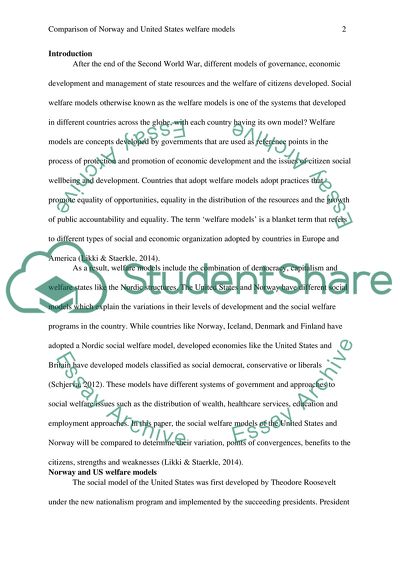Cite this document
(Norway and the United States Welfare System Case Study, n.d.)
Norway and the United States Welfare System Case Study. https://studentshare.org/macro-microeconomics/1826851-a-comparison-of-norway-and-the-united-states-welfare-system
Norway and the United States Welfare System Case Study. https://studentshare.org/macro-microeconomics/1826851-a-comparison-of-norway-and-the-united-states-welfare-system
(Norway and the United States Welfare System Case Study)
Norway and the United States Welfare System Case Study. https://studentshare.org/macro-microeconomics/1826851-a-comparison-of-norway-and-the-united-states-welfare-system.
Norway and the United States Welfare System Case Study. https://studentshare.org/macro-microeconomics/1826851-a-comparison-of-norway-and-the-united-states-welfare-system.
“Norway and the United States Welfare System Case Study”. https://studentshare.org/macro-microeconomics/1826851-a-comparison-of-norway-and-the-united-states-welfare-system.


